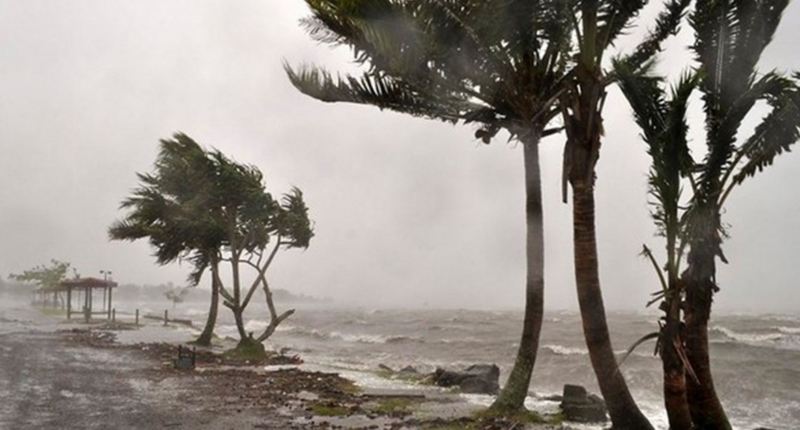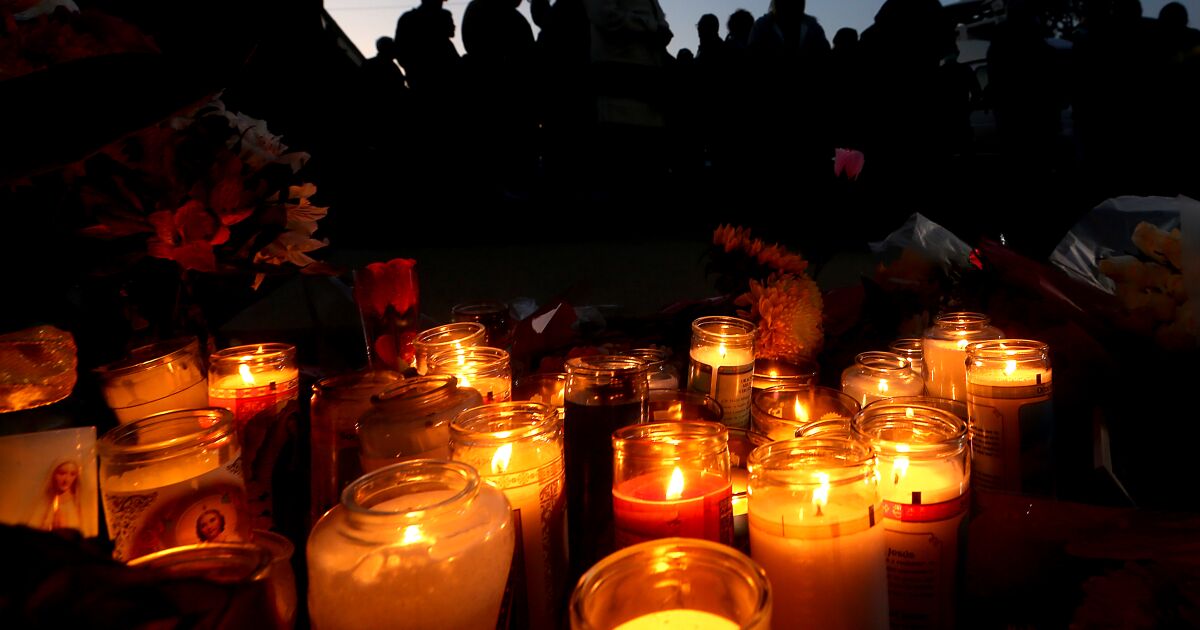Cyclone Freddy, a strong tropical storm, has recently hit Mozambique and Malawi, with Mozambique recording a relatively low death toll compared to previous disasters. Effective warning systems and preparedness helped Mozambique avoid a higher death toll. However, inconsistent and unheeded warnings in Malawi led to a higher death toll. Climate change is making tropical storms stronger, and rapid population growth is putting pressure on housing in developing countries, making cities vulnerable to natural disasters. Efforts to move people to safer locations have failed in some cases due to court orders blocking relocations and alternative plots being too far away from essential facilities. Effective warning systems, proper city planning, and sustainable building practices will be necessary to mitigate the damage caused by future disasters.
Cyclone Freddy: A Lesson in Storm Warnings and City Planning
Cyclone Freddy made landfall in Mozambique on March 11, 2023, for the second time. Prior to the storm, cars with loudspeakers were heard warning residents to move to higher ground with food and water. Most people heeded the warnings, which helped save lives during one of the strongest storms to hit Africa. Mozambique has recorded 76 deaths so far, which is a relatively low number compared to previous disasters. However, neighboring Malawi suffered a higher death toll of at least 447 as the cyclone tore through the country’s southern tip and inundated the main commercial hub of Blantyre.
The difference in outcomes in Mozambique and Malawi highlights the importance of consistent and effective warning systems for storms like Cyclone Freddy. Mozambique has implemented a community-based early warning system that delivers text messages and announcements on local radio and TV. The system provides warnings down to the village level and helped to save many lives during the recent storm. On the other hand, warnings in Malawi were inconsistent and unheeded by residents, many of whom did not know where to go if they left their homes.
Mozambique and Malawi are among the poorest 8% of countries in the world, with over half of the population in each country living below the poverty line. These countries serve as an example of the challenges posed by global warming and population growth. As more severe storms occur, sophisticated warning systems like the one in Mozambique will be necessary. Furthermore, cities like Blantyre will have to address the issue of unplanned shanty towns, which are becoming increasingly vulnerable to destructive storms due to rapid urbanization.
Residents of Quelimane, Mozambique, knew from bitter experience the damage such storms could inflict, having experienced Cyclone Idai in 2019, which claimed the lives of 600 people. The loudspeaker warnings were heeded, and many lives were saved as a result. Amelia Antonio, a 31-year-old Quelimane resident, recalls the local authorities alerting her neighborhood to the imminent danger, which helped her avoid physical harm.
In contrast, Madalo Makawa, a resident of Chilobwe, a densely populated township of Blantyre, did not receive the warnings in time. She recalled seeing water and rocks coming down the mountains and people climbing trees for safety. This highlights the need for consistent and effective warning systems for natural disasters in impoverished areas.
In conclusion, Cyclone Freddy serves as a reminder of the importance of effective storm warnings and proper city planning. With global warming and population growth, the severity of natural disasters is likely to increase, making it necessary to implement sophisticated warning systems and address the issue of unplanned shanty towns. The recent storm in Mozambique and Malawi demonstrates that warning systems can make a significant difference in saving lives during natural disasters.
Malawi’s Deadly Cyclone Freddy: A Lesson in Climate Change and Urbanization
The recent Cyclone Freddy in Malawi has highlighted the importance of effective storm warnings and proper city planning. Despite the radio, TV, and social media messages warning residents to relocate before the storm hit, many people in the hills thought they were safe and stayed at home. As a result, thousands of makeshift shelters were flattened by mudslides and falling rocks, and many lives were lost.
Malawi’s four cities have between two-thirds and three-quarters of their population living in informal houses, according to U.N. Habitat data from 2020. Yohane Simbi, a resident of Chilobwe, said he was not told where to seek shelter, and many others stayed home as well. Felix Washon from the Malawi Red Cross Society said that Malawi normally floods on lower ground, which means anyone in the hills thought they were safe.
Scientists say that climate change driven by the burning of fossil fuels is making tropical storms stronger. The ocean has absorbed much of the warming caused by heat-trapping gases, which fuels a storm’s intensity and power stronger winds. In the case of Freddy, this extra energy allowed the storm to pick up strength again and circle back to strike again.
Rapid population growth in the developing world has pushed impoverished rural folk to seek opportunities in cities, putting pressure on housing in places like Blantyre, which has a population of about a million. However, much of the construction in the hilly areas around Blantyre flouts planning regulations, making houses more prone to collapse during natural disasters. Efforts to move people elsewhere have failed as alternative plots were too far away from employment, schools, and hospitals. Court orders blocking relocations have also thwarted the city’s efforts.
Deforestation, often for charcoal in places without electricity, has also contributed to the disaster by loosening soil and creating the right conditions for mudslides. Estere Tsoka, an emergency specialist at U.N. children’s agency UNICEF in Malawi, said weak building materials like mud and iron sheets have made houses more prone to collapse.
In conclusion, Cyclone Freddy in Malawi has demonstrated the impact of climate change and urbanization on natural disasters. Effective storm warnings, proper city planning, and sustainable building practices will be necessary to mitigate the damage caused by future disasters.
Don’t miss interesting posts on Famousbio










